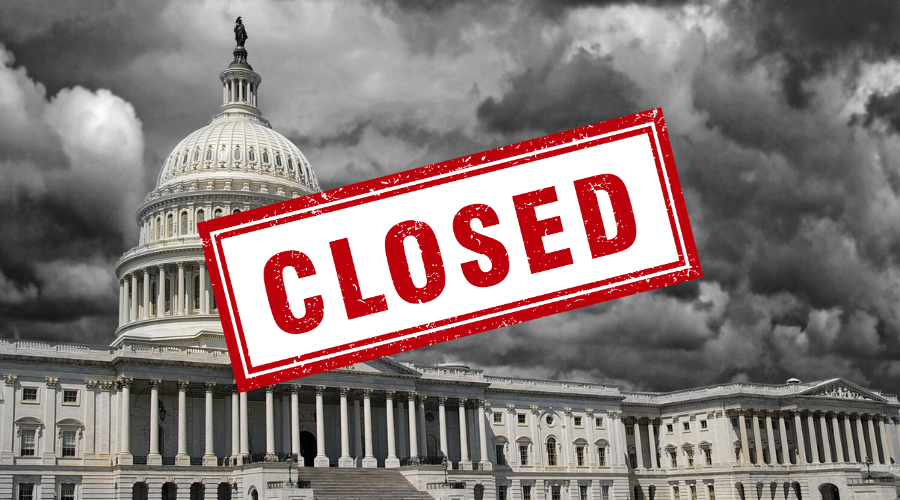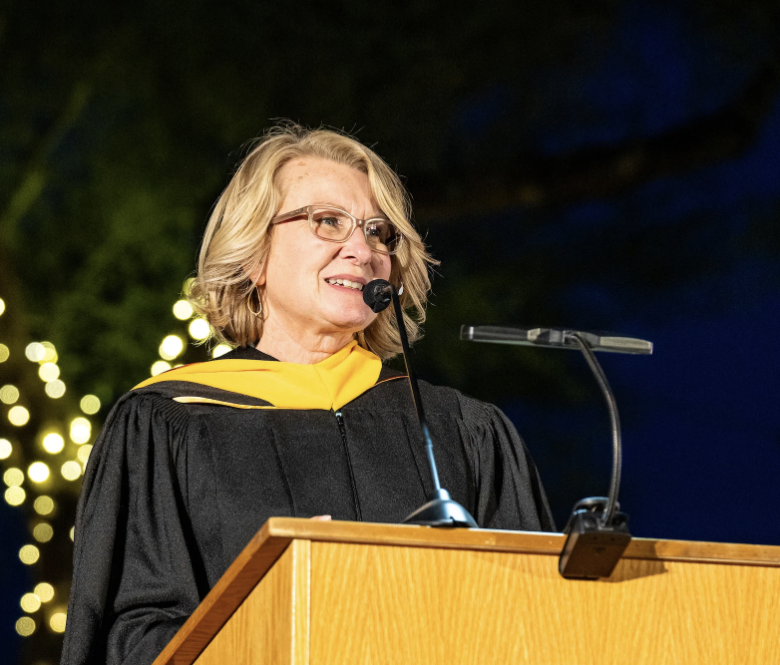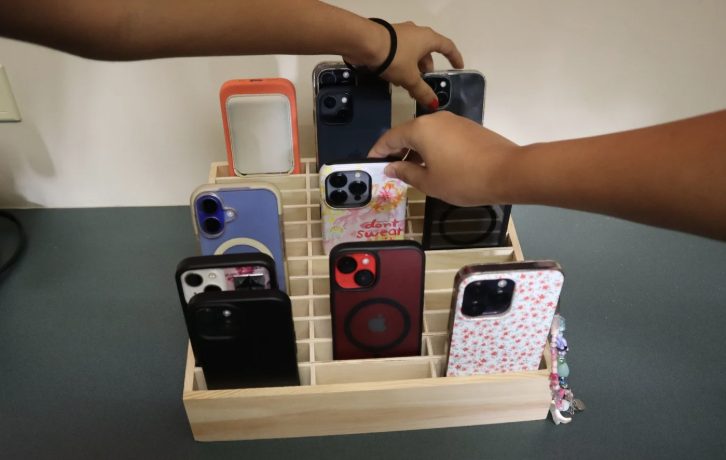On January 14th, The PCDS Kino Border Initiative Club took a trip to the U.S.-Mexican border. The purpose of this trip was to spend a day volunteering to help asylum seekers in Nogales. The journey began at 5:30 am in the Phoenix Country Day School parking lot before the sun had dawned. The group arrived after a three-hour drive crammed into a packed car with eight garbage bags of donated clothing from the previous week’s clothing drive. We parked on the U.S. side of Nogales, AZ, and crossed the border into Mexico by foot. After entering Mexico, a representative from the Kino Border Initiative greeted and escorted us through to the Kino migrant center.
The Kino Border Initiative is a Catholic organization that offers shelter, food, clothing, and medical and legal assistance for families from many countries hoping to seek asylum in America. Kino provides humanitarian assistance for deported migrants in Nogales and raises awareness about the reality of migration and its effects. The shelter was in poor condition and housed over 200 people. The food that was served was surrounded by flies. We had the opportunity to talk with migrants in Spanish and spend time with many families staying at Kino. Everyone who spoke with us was extremely kind, polite, and very thankful that we took the time to volunteer and donate clothes. One man I spoke with said he had spent 22 days on his trip from Guatemala, working along the way to earn money for transportation to travel to Nogales. The children staying at Kino were excited to play games, teach us new TikTok dances, and play pretend school with us. The opportunity to speak to these families was the most rewarding experience of this trip.
The process of seeking asylum in America can be a daunting experience. The most common way to complete this process is the CBP One app, an app that allows people who are trying to seek asylum to schedule appointments at ports of entry. Sometimes the app will inform people of openings but does not give specific days and times. When I was volunteering last August with my father, we saw more than 30 people, more than a dozen of whom were children under the age of ten, outside of the CBP building so that they would not miss their appointments. Most of them had been sleeping on the CBP floor for 20 days, waiting for their chance to secure an open appointment, in fear of missing their turn. We gave them necessities such as toothbrushes, toothpaste, toilet paper, wipes, food, water, etc. Many migrants when successfully across the border are forced to pay large sums of money to the cartel for their safe passage or to protect their families who remain in Mexico.
Later, the group had the opportunity to speak to more families in the shelter. We spoke with a couple with two daughters who traveled to Kino from Acapulco, Mexico. Their town was hit severely by Hurricane Otisa, leaving them with no home and damage to their area. Acapulco has a high rate of violent crime, such as frequent murders and shootings, with the presence of the Mexican Cartel. The man we talked to was a bus driver. He had heard of many people around him who were threatened to give money to the cartel monthly for “protection.” The couple’s children had not been in any schooling for a long time because papers were lost in the hurricane and did not start back up again. This story is just one out of the many horrible situations inside of the shelter.
After we visited with the shelter, we took a tour of Nogales, Mexico, led by a tour guide from Kino. The wall on the Mexican side is covered with colorful artwork, writings, and designs. In contrast, the U.S. side of the wall is backed with barbed wire and another lining of gates. I watched a family converse with another family on the other side of the wall. This was a timely opportunity to use my Spanish-speaking skills outside of a classroom and practice having conversational skills in Spanish. We then returned home with a whole new outlook on migration.
The experience made me and my peers realize how lucky we are to have been born in America. The privileges we have as Americans are much more apparent when you see how difficult it is to live in one of the aforementioned shelters. We enjoyed this incredible opportunity to learn more about the U.S.-Mexican border and help the asylum families in need. Our hope is that this experience can raise more awareness about the importance of helping these families and help make their lives a little easier.













